Now is an ideal time to consider targeting new markets through which you can grow your business and access new opportunities, but before selling yourself to new types of customers, you need to ensure you’re well positioned to meet the needs and challenges of your identified prospects.The aftermath of the recent COVID-19 crisis is the ideal time to consider a brand repositioning exercise as so many industries remain in limbo and are actively reconsidering their business goals and the means by which they will achieve those goals. Let’s take a closer look at what a brand positioning exercise entails, the benefits it offers your company, and how to get started.
Benefits of Repositioning Your Brand
Beyond breaking through to new customers to drive revenue, there’s a host of other benefits and circumstances when a repositioning exercise makes sense, including:
- Overall brand evolution
- Modernizing and refreshing your look and feel
- Stress testing your brand’s agility
- Increasing brand value in the eyes of investors
- Showcasing innovation of your products and services
- Strengthening your competitive advantage
- Developing fodder for owned media content, PR, and client outreach
- Focusing your strategic brand direction
You’ve already built or are building a successful brand. Whether you're a longstanding industry leader, specialize in a vertical, or are a newcomer that’s making inroads, you are good at what you do. Don’t lose sight of that.
Focus on Your Strengths
Why not utilize all the smart branding and specific value proposition work that established brands have already taken the time to think through and build? Then you can apply or selectively use each of them to speak directly to your new segments. This is the more horizontal view of things. Meaning more broadly, your brand mission statement and overall value proposition clearly communicates a brand’s purpose, objectives and how they serve an audience of customers.
Showing how you can appeal to new types of customers and solve for their pain points will require specificity. You need to clearly present your capabilities, opinion, and proven ability to execute across channels including your website, social media, content, paid advertising, experiential, and more.
We refer to this as taking the more vertical approach to positioning yourself. A great place to start is adjusting your positioning vertically in 3 core areas. Then you can begin infusing this content across your channels.
- Products and Solutions - Highlight how what you sell can solve problems for new types of customers. This is also where you need to share what competitive advantage you bring to the table, any proprietary technology, or proven track record of leadership or innovation. If your SAAS platform or IoT solution can solve the growth issues many startups go through, infuse this into your products/solutions content.
- Industries - Add the new industries you plan on going after to your current list or language on types of clients you work with. Next, create content and create content that positions you as an expert within the new industry sectors you’re trying to break into. Present highly relevant and useful information on these new industries or client types, while positioning yourself as a go-to thought leader.
- Work - Being able to showcase relevant examples of your work in the form of brand case studies, testimonials, and screenshots that your new customer prospects can relate to is paramount to landing their business. As prospects progress through the customer journey closer to consideration and buying stages, they will look for validation that your brand has helped similar clients.
Once you’ve decided on the areas of repositioning focus, this leads us to what and where you’ll need to start placing content and advertising with new messaging.
Connecting with New Types of Customers
In the B2B demand generation and ABM space, it’s no secret that brands need to bring a level of personalization into their marketing efforts. This can range from 1:industry to 1:few, all the way down to the ideal of 1:1 account level. Here’s why personalization is so important:
- Overall Effectiveness - 2 out of 3 B2B professionals agree that personalized marketing approaches are more effective at improving conversion rates.
- Deepening Customer Relationships - Personalized content allows you to make more relevant recommendations that immediately alert your target accounts that you took the time to understand their business. In fact, 99% of marketers say personalization helps advance customer relationships.
- It IS the New Expectation - Hubspot reported that nearly 75% of online customers are frustrated by marketing that has nothing to do with their interests.
- Measurement and Attribution - By tracking the engagement, impact and influence of a marketing campaign down to the account level, it serves as validation of your efforts, ROI and more.
- Keeping Up With the Competition - Advances in martech, data, and automation allow us to identify, serve, and track marketing efforts against specific customers. If you aren’t taking advantage of what’s possible, then you probably are not keeping pace with your competitors.
Note, this all might depend on how ambitious your new business goals are and how fruitful you were in prospecting new industries and accounts. However, if you are in the early stages of going after new clients or testing approaches, you might not be working with a huge prospect list. This affords you the ability to start small with 10, 25, or 50 accounts using a 1:1 personalized approach and then scale up from there.
Taking the Next Step to Reach Your New Target Audience
To launch a highly targeted demand generation or ABM approach, it’s time to begin creating and deploying content, ads, and experiences that are directly relevant for the new client’s needs. Utilize all the information you discovered about them back in the research phase and infuse this into your messaging.
Download our How-To Guide for B2B Brands Aiming to Break Into New Sectors to learn more about the process and to build content-driven campaigns that generate results.
.png?width=250&height=153&name=CSI-OverskiesRebrand_LOGO-01(smaller).png)

.png?width=100&height=61&name=CSI-OverskiesRebrand_LOGO-01(smaller).png)



.png?width=88&name=CSI-OverskiesRebrand_LOGO-01(smaller).png)



